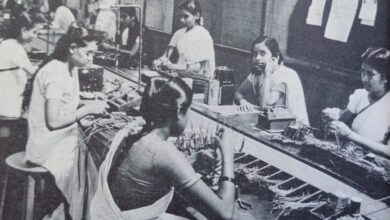Netizens share funny memes as WhatsApp shares new update | Trending

WhatsApp users can now use the same account on multiple phones thanks to a new feature added on this Meta-owned platform. Meta CEO Mark Zuckerberg made the announcement on both Facebook and Instagram. He wrote, “Starting today, you can log into the same WhatsApp account on up to four phones.” This update will be available to people in the coming weeks. Ever since this news was announced, WhatsApp started trending on Twitter. Many people took to Twitter to share their react their reactions. Several people also shared hilarious memes about it.
Many are sharing memes on Twitter regrading the recent update of WhatsApp.(Twitter/@chintamani0d)
There will be primary device on which the main account will be linked. If that primary device is inactive for a long time the user’s WhatsApp account will be immediately logged out of all the companion devices. When a person enables this feature, each linked phone connects to WhatsApp independently. Personal messages, media, and calls are all end-to-end encrypted.





